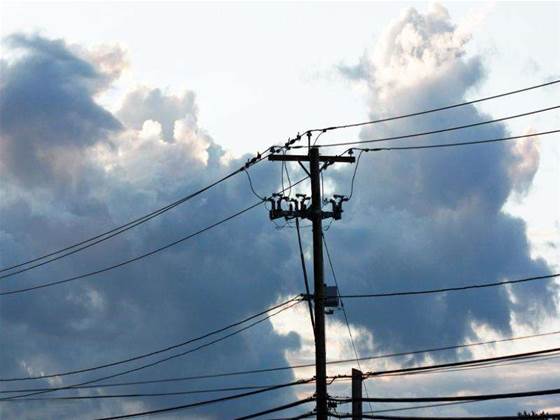A Tasmanian Government proposal to complete the state's NBN fibre rollout aerially has been informally "favourably received" by NBN Co, according to the utility whose power poles would be used in the plan.

Aurora Energy's service delivery general manager Michael Larkin told a Senate committee hearing in Hobart today that the aerial proposal, drafted by the utility for the state government, would be cheaper than putting cables underground.
Larkin said principles contained in the state's proposal — which has been sent to the federal government — were "reasonably well regarded".
But the state would have to wait for the outcome "of other processes" before it could expect a formal response to the plan.
The federal government has already conducted a strategic review of the NBN and is weighing the six rollout options the review laid out.
While Aurora saw aerial cabling as a more affordable option to pushing the cables underground — based on its own experiences deploying electricity cabling — the utility was unsure how the costs of aerial fibre would compare to switching the remainder of the rollout in Tasmania to a fibre-to-the-node (FTTN) model.
"I don't know in detail what the financial and cost modelling for an FTTN solution looks like," Larkin said.
He said he would "leave it to [the committee]" to work out whether aerial fibre or FTTN was cheaper.
Aurora's strategy and government relations manager, Sean Terry, added: "Our position in terms of the cost is really based on our experience as an electricity utility. In our experience, aerial [electricity cabling] is cheaper and there's no reason that wouldn't be the same with fibre."
Larkin cited previous use of aerial methodologies by Telstra and Optus when deploying hybrid fibre coaxial (HFC) cabling as evidence that it was a cost-effective rollout model when compared to underground deployment.
"I think the HFC networks are a fantastic reference point for the deployment of aerial infrastructure," Larkin said.
"Clearly they [Telstra and Optus] did the cost-benefit analysis on that and it was cheaper to deploy aerially. We agree with Optus and Telstra on what is the most cost effective rollout method."
Larkin said an existing facilities access agreement between NBN Co and Aurora could be "leveraged to install more fibre of NBN Co's on the Aurora pole network", should the federal government decide to adopt the state's proposal.
He also played down risks that may be introduced by having a higher proportion of NBN cabling in the air, including if poles are taken out by vehicle accidents or weather.
Larkin said that a "downed power pole" usually took seven hours at most to replace. Asked whether such events happened frequently, he said, "not in Tasmania, no."



.png&h=140&w=231&c=1&s=0)
.png&h=140&w=231&c=1&s=0)





 Digital NSW 2025 Showcase
Digital NSW 2025 Showcase











_(1).jpg&h=140&w=231&c=1&s=0)



